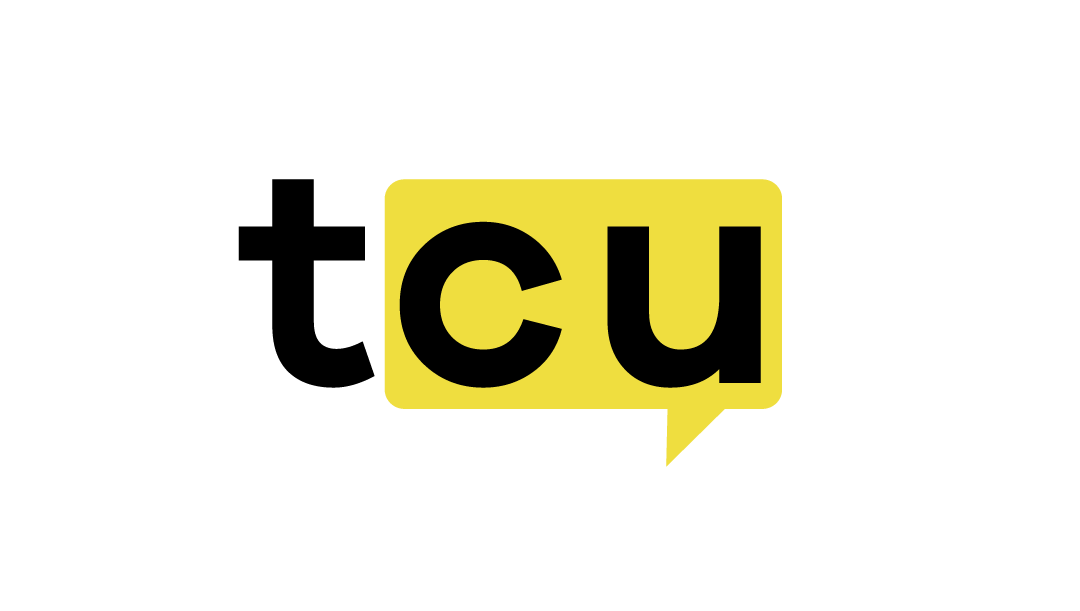The Central African Republic’s push to tokenize land on Solana has taken a surreal turn, blending state-backed ambition with memecoin chaos. What started as a development initiative—1,700 hectares near Bossongo village slated for NFT sales—has become overshadowed by the rise of $CAR, a memecoin promoted by President Touadéra himself. The coin’s trajectory reads like a crypto thriller: a flashy launch video (later suspected to be AI-generated), concentrated ownership, and wild price swings. At one point, its market cap neared 20% of CAR’s GDP. Now, the government insists this volatile asset will be the sole currency for purchasing tokenized land. Skeptics aren’t convinced.
The lack of transparency is striking. No smart contracts have been published, no land registry integration confirmed, and no legal framework disclosed. Compare this to Estonia’s blockchain-based land registry, which operates under clear legislation, and the gaps become glaring. Even Touadéra’s promises—like a $50,000 school donation—lack verifiable transactions. When pressed, officials point to the 2023 Natural-Resource Tokenization Law, but its relevance remains unclear. For a country ranked 171st on Transparency International’s corruption index, skepticism isn’t just warranted—it’s necessary.
Solana’s role adds another layer. The chain’s technical infrastructure is undeniably being used, but its association with such a high-risk project raises questions. Is this a validation of Solana’s utility, or a reputational gamble? Meanwhile, on-chain analysts note eerie parallels between $CAR and other memecoins, with four wallets holding 76% of the supply. If this were a DeFi project, red flags would be everywhere. Yet here, it’s state policy.
The June 21 land sale looms as a make-or-break moment. Success could position CAR as a pioneer in tokenized real-world assets. Failure—or worse, fraud—might cement its reputation as a cautionary tale. Either way, the experiment reveals a harsh truth: in crypto’s Wild West, even sovereign nations can blur the line between innovation and illusion.
What do you think? Can blockchain truly bring transparency to a system plagued by corruption, or is this just another veneer? The answer, perhaps, lies in whether those NFT land deeds ever translate to physical ownership. For now, all we have are questions—and a memecoin’s erratic price chart.
